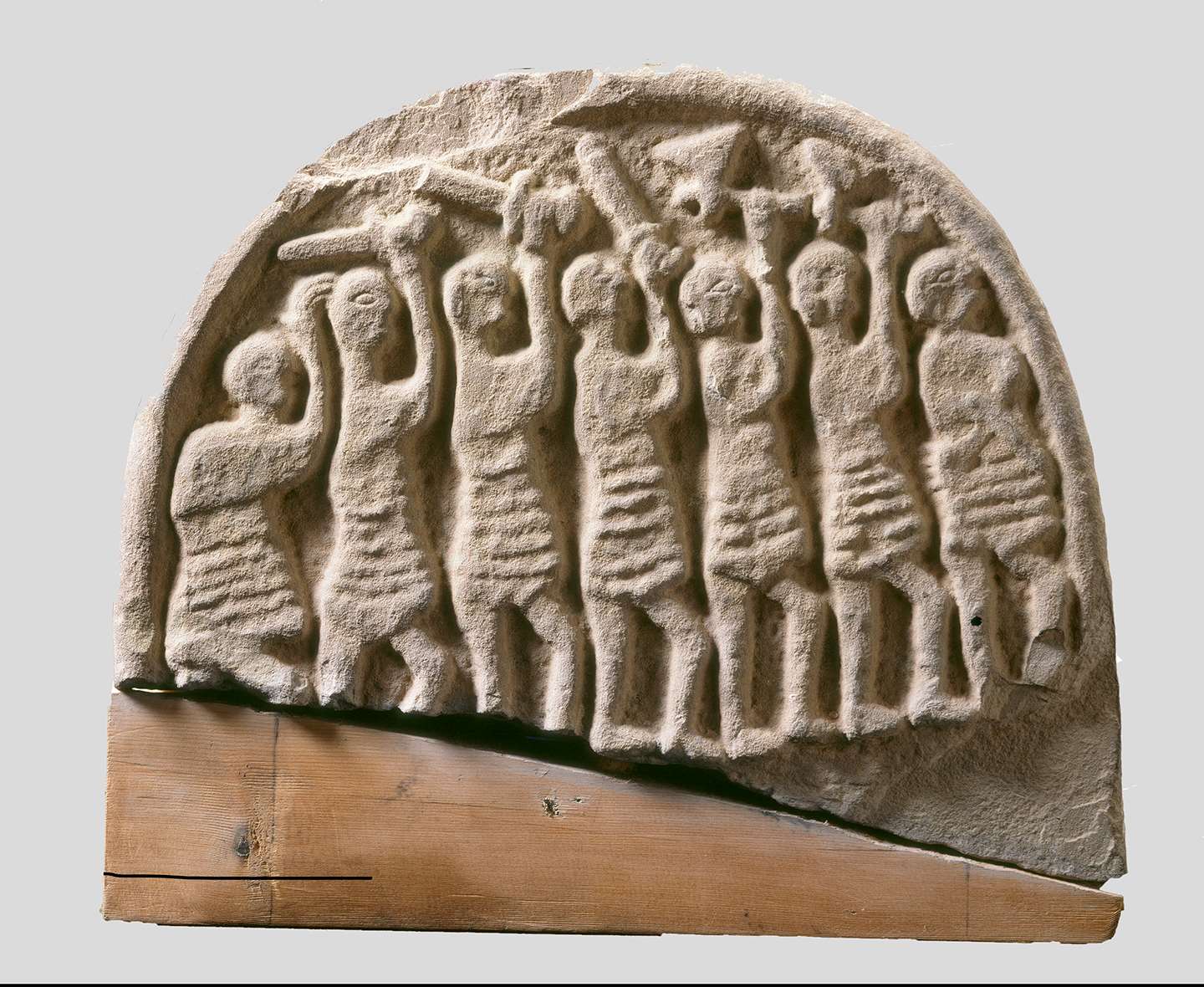The entry in the famous Anglo-Saxon Chronicle for the year 793 was ominous indeed:
“. . . terrible portents came about over the land of Northumbria. . . these were immense flashes of lightening and fiery dragons were seen flying in the air.” What followed would transform England irreparably.
On January 8, 793, the Vikings arrived on the shores of Lindisfarne, a small island off the coast of the northern English kingdom of Northumbria. Devastating the famous monastery built thereupon in the 630s, the church was looted and the monks slaughtered. Despite repeated attacks over the next half-century, the monastic community remained firmly in place, unwilling to abandon the site of its foundation. The arrival of the dreaded king Halfdan with a large fleet of ships and a sizeable army at the mouth of the Tyne River in the late 9th century, however, changed their minds. Convinced the monastery would be destroyed, once and for all, by the heathen army, Bishop Eardwulf of Lindisfarne gathered up the remaining monks and monastery treasures and abandoned the famous island. Over a century later, a vision led the monks to Durham where the community gradually rebuilt its home and, most importantly, its reputation.
Discovered at the former site of the monastery, the Lindisfarne stone was likely a grave marker, and scholars believe that it may depict the Viking attack of 793. One side of the stone (pictured) features a large group of armed men, weapons held high in the air. On the other side, the Last Judgment is the likely subject: the imagery includes celestial bodies, hands in prayer, and a cross. The Lindisfarne stone may have been erected to commemorate a victim or victims of the 8th century raid. Today, it can be found in the collection belonging to Lindisfarne Priory on Holy Island, cared for by English Heritage.
- Stephanie


 Unknown Artist
Unknown Artist